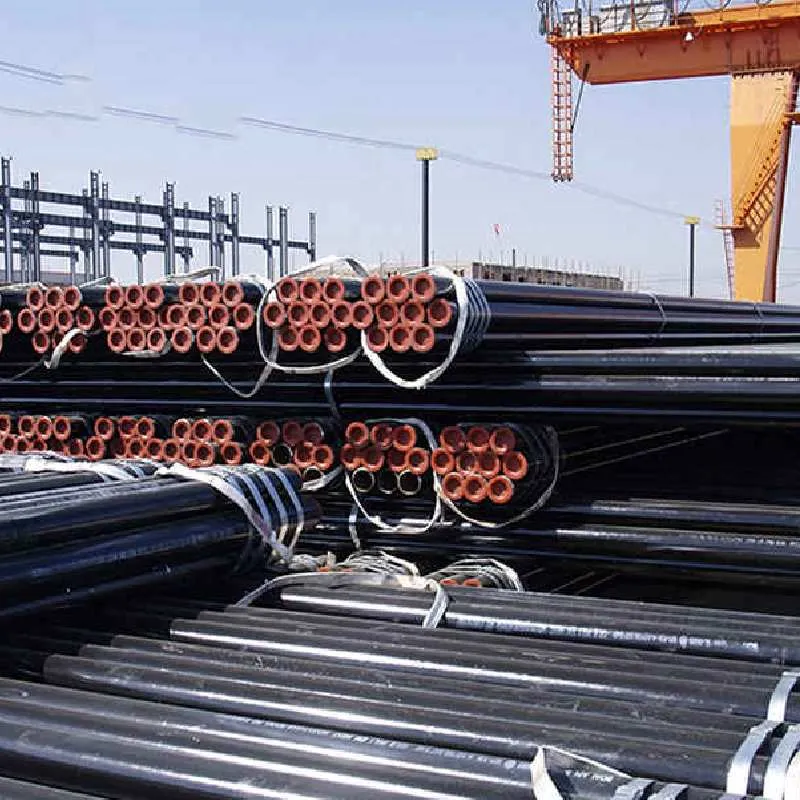-
Cangzhou Yulong Steel Co., Ltd.
-
Phone:
+86 13303177267 -
Email:
admin@ylsteelfittings.com
- English
- Arabic
- Italian
- Spanish
- Portuguese
- German
- kazakh
- Persian
- Greek
- French
- Russian
- Polish
- Thai
- Indonesian
- Vietnamese
- Zulu
- Korean
- Uzbek
- Hindi
- Serbian
- Malay
- Ukrainian
- Gujarati
- Haitian Creole
- hausa
- hawaiian
- Hebrew
- Miao
- Hungarian
- Icelandic
- igbo
- irish
- Japanese
- Javanese
- Kannada
- Khmer
- Rwandese
- Afrikaans
- Albanian
- Amharic
- Armenian
- Azerbaijani
- Basque
- Belarusian
- Bengali
- Bosnian
- Bulgarian
- Catalan
- Cebuano
- China
- China (Taiwan)
- Corsican
- Croatian
- Czech
- Danish
- Esperanto
- Estonian
- Finnish
- Frisian
- Galician
- Georgian
- Kurdish
- Kyrgyz
- Lao
- Latin
- Latvian
- Lithuanian
- Luxembourgish
- Macedonian
- Malgashi
- Malayalam
- Maltese
- Maori
- Marathi
- Mongolian
- Myanmar
- Nepali
- Norwegian
- Norwegian
- Occitan
- Pashto
- Dutch
- Punjabi
- Romanian
- Samoan
- Scottish Gaelic
- Sesotho
- Shona
- Sindhi
- Sinhala
- Slovak
- Slovenian
- Somali
- Sundanese
- Swahili
- Swedish
- Tagalog
- Tajik
- Tamil
- Tatar
- Telugu
- Turkish
- Turkmen
- Urdu
- Uighur
- Welsh
- Bantu
- Yiddish
- Yoruba

Dec . 07, 2024 13:04 Back to list
Understanding ASTM A106 Grade B Steel Properties and Applications in Pressure Piping Systems
Understanding ASTM A106 Grade B Key Features and Applications
ASTM A106 Grade B is a specification widely recognized in the field of construction and engineering for seamless carbon steel pipes, primarily intended for high-temperature and high-pressure service. This standard has become crucial across various industrial applications, including oil and gas, power generation, and chemical processing. In this article, we will delve into the specifications, properties, applications, and importance of ASTM A106 Grade B.
Specifications and Composition
ASTM A106 Grade B is defined by the American Society for Testing and Materials (ASTM). The standard specifies the requirements for seamless carbon steel pipes that are constructed for the purpose of conveying fluids, especially at elevated temperatures.
The chemical composition of ASTM A106 Grade B consists primarily of carbon, manganese, phosphorus, sulfur, and silicon. The maximum allowable limits for these elements include - Carbon (C) 0.26% maximum - Manganese (Mn) 0.60 to 0.90% - Phosphorus (P) 0.025% maximum - Sulfur (S) 0.025% maximum - Silicon (Si) 0.10 to 0.40%
These composition standards ensure that the material boasts a sufficient degree of strength and ductility while minimizing the risk of embrittlement, which is critical when the pipes are subjected to high-pressure and high-temperature environments.
Mechanical Properties
The mechanical properties of ASTM A106 Grade B pipes are vital for their performance in challenging conditions. The required yield strength for this grade is at least 35,000 psi (240 MPa), while the tensile strength ranges from 60,000 to 80,000 psi (415 to 550 MPa). These mechanical attributes confirm the material's capability to withstand operational stresses without deformation or failure.
In addition to strength characteristics, ASTM A106 Grade B also possesses notable attributes in terms of toughness and ductility, allowing the pipes to resist cracking and rupture, even when subjected to extreme conditions.
Manufacturing Process
The manufacturing process for ASTM A106 Grade B pipes typically involves the use of hot-rolled or cold-finished methods. The seamless nature of the pipes is achieved by either extrusion or rotary piercing, followed by elongation through various reduction processes. The absence of seams eliminates potential weak points, making these pipes ideal for high-pressure applications.
astm a 106 gr b

Post-manufacturing treatments may include heat treatment and non-destructive testing to ensure conformity with industry standards and enhance the integrity of the pipes.
Applications
Due to its high strength and durability, ASTM A106 Grade B is widely employed in multiple industries. Some primary applications include
1. Oil and Gas Industry The pipes are widely used for drilling, carrying petroleum, and in refineries and petrochemical plants due to their ability to withstand corrosive environments and high temperatures.
2. Power Generation In power plants, ASTM A106 pipes facilitate the transport of steam, water, and other fluids, dealing with high-pressure systems essential for electricity generation.
3. Chemical Processing For the transportation of various chemicals under high temperature and pressure, ASTM A106 Grade B pipes are essential due to their robust material properties.
4. Industrial Manufacturing The construction of compressors, turbogenerators, and other heavy machinery often utilizes ASTM A106 pipes to ensure reliability under extreme conditions.
Importance and Conclusion
The significance of ASTM A106 Grade B cannot be overstated in a world increasingly reliant on high-performance materials. Its established standards ensure safety and reliability across critical industrial operations. Compliance with ASTM A106 enables manufacturers to deliver products that meet rigorous safety standards, thereby fostering trust and accountability within the industry.
In conclusion, ASTM A106 Grade B pipes stand out due to their combination of strength, durability, and versatility. Their widespread usage across various sectors highlights the importance of adhering to established standards in material fabrication and application. Understanding the properties and specifications of ASTM A106 Grade B aids engineers and project managers in selecting appropriate materials, ensuring the successful execution of projects in demanding environments. Whether in energy production, chemical processing, or industrial manufacturing, ASTM A106 Grade B is undoubtedly a cornerstone of modern infrastructure.
Latest news
-
ANSI 150P SS304 SO FLANGE
NewsFeb.14,2025
-
ASTM A333GR6 STEEL PIPE
NewsJan.20,2025
-
ANSI B16.5 WELDING NECK FLANGE
NewsJan.15,2026
-
ANSI B16.5 SLIP-ON FLANGE
NewsApr.19,2024
-
SABS 1123 FLANGE
NewsJan.15,2025
-
DIN86044 PLATE FLANGE
NewsApr.19,2024
-
DIN2527 BLIND FLANGE
NewsApr.12,2024
-
JIS B2311 Butt-Welding Fittings LR/SR 45°/90° /180°Seamless/Weld
NewsApr.23,2024











